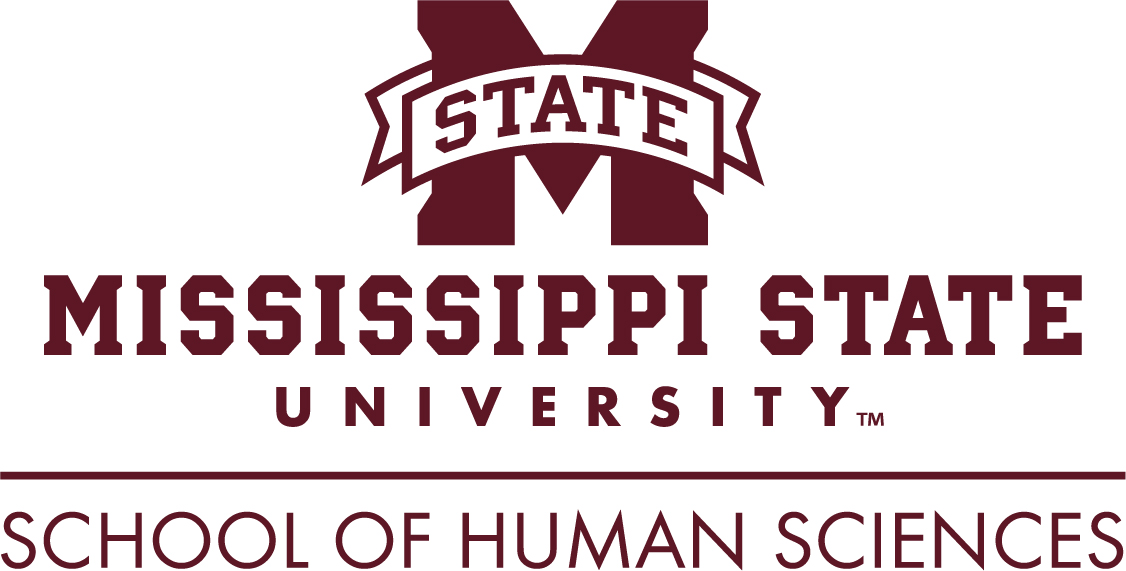Submission Guidelines
Formatting Guidelines for Initial Submission to Journal of Human Sciences and Extension
Submissions to Journal of Human Sciences and Extension require a cover letter, abstract, keywords, and manuscript. There are no fees associated with submission or publication. All authors must be entered at the time of submission.
Cover Letter
Please upload a cover letter that:
- Identifies manuscript type and content area;
- Describes ethical guidelines followed, including whether IRB approval was received;
- States that manuscript has not been previously published and is not under consideration by another publication;
- Lists other publications by current authors using the same data, methods, or sample (if applicable);
- Provides evidence that permission has been obtained for use of copyrighted material from other sources;
- States that manuscript has been reviewed and approved by all authors as well as any other responsible authorities;
- Provides names and contact information for 2-3 potential reviewers who are not current/recent colleagues of authors, paper or presentation co-authors, or current/past supervisors/supervisees; and
- Lists contact information for corresponding author.
Abstract and Keywords
The manuscript file should NOT contain an abstract or keywords. Instead, these will be entered separately into the online submission system. The abstract is limited to 200 words. Include a maximum of 8 keywords.
Manuscript
Manuscripts that do not follow these formatting requirements will be returned to the author for revision prior to distribution for peer review.
Font, Spacing, and Margins
- Manuscripts must be submitted in American English in Microsoft Word format.
- All manuscripts must be typed using 12-point Times New Roman font with line spacing of 1.15 and 1-inch margins on all four sides.
- Do not indent paragraphs; use 12-pt line spacing between paragraphs.
- Use only one space after sentence-ending punctuation and colons.
- Whenever items (research questions, hypotheses, bulleted lists, etc.) are indented in the manuscript, ensure those items are indented by ½ inch from the left and insert 12-pt line spacing before and after.
Title and Header
The manuscript file should include the full title but NOT a header. Instead, you will enter a Short Title (65 characters or less) separately into the online submission system. If your manuscript is accepted for publication, this short title will be used as the header in the final published PDF. Do NOT include page numbers.
IRB Approval
In the Methods section of the manuscript, described ethical guidelines followed, including whether IRB approval was received (if applicable).
Blinding
Because manuscripts are double-blind peer reviewed, the manuscript file should NOT contain any identifying information regarding authors, acknowledgements, funders, institutional affiliations, or author notes. It is the authors’ responsibility to ensure that any information throughout the remaining manuscript that could identify the authors, their institutions, and study locations or participant groups is masked. For example, the original sentence, “Mississippi State University Extension professionals participated in the study” should be blinded as “[STATE] Extension professionals participated in the study” for manuscript submission.
Additionally, identifying information embedded by Microsoft Word must be removed. Under the File tab, select "Info" and then "Check for Issues" and "Inspect Document." Be sure the boxes for "Document Properties and Personal Information" and "Custom XML Data" are checked is not checked. Then click "Inspect." Select the "Remove All" button to remove embedded information, and then resave the file.
If a manuscript is accepted for publication, authors will be asked to insert masked/blinded information at that time.
Heading Levels
Use Styles feature to create headings (black font, 12-pt Times New Roman). The manuscript title is NOT considered a heading. Heading Levels are as follows:
- Level 1: Centered, Bold, Key words capitalized (title case), black font, 12-pt line spacing before and after
- Level 2: Flush Left, Bold, Key words capitalized (title case), black font, 12-pt line spacing before and after
- Level 3: Flush Left, Bold Italic, Key words capitalized (title case), black font, 12-pt line spacing before and after
- Level 4: Indent, Bold, Key words capitalized (title case), black font, ends with a period (becomes part of the subsequent paragraph)
- Level 5: Indent, Bold Italic, Key words capitalized (title case), black font, ends with a period (becomes part of the subsequent paragraph)
Tables, Charts, Figures, and Graphs
Tables, charts, figures, and graphs should be embedded within the manuscript body in the appropriate location (not at the end of the manuscript). They do count toward the page limits. Tables should present data that are too complex to describe in the text; they should not simply repeat information in the text. All charts, figures, and graphs must be camera-ready; all text and lines must be crisp and clear (not blurry).
Titles should be in Times New Roman 12-pt font, bold, and italicized. Titles should appear above tables and figures. Table or figure number should be on the same line as the title and in the same format.
For accessibility, create Header Rows on all tables. (Select the table and highlight the top header row that should be repeated if the table breaks across pages; click on the Table Tools | Layout tab; click Repeater Header Rows in the Data group to mark the selected row(s) as headers). Additionally, include Alt Text on tables and figures. (Include the table number in the title box.)
References
All in-text citations and references must be formatted according to the 7th edition Publication Manual of the American Psychological Association (APA). If a citation in the text would identify any of the authors, use Xs to replace author names (XXXX, publication year) and put that reference at the bottom of the Reference list with no additional information.
Use of Copyrighted Material
Authors are responsible for determining if any material submitted is subject to copyright or ownership rights. If such a determination is made, authors are required to obtain permission from the copyright owner(s) and must submit evidence of this permission along with the manuscript.


